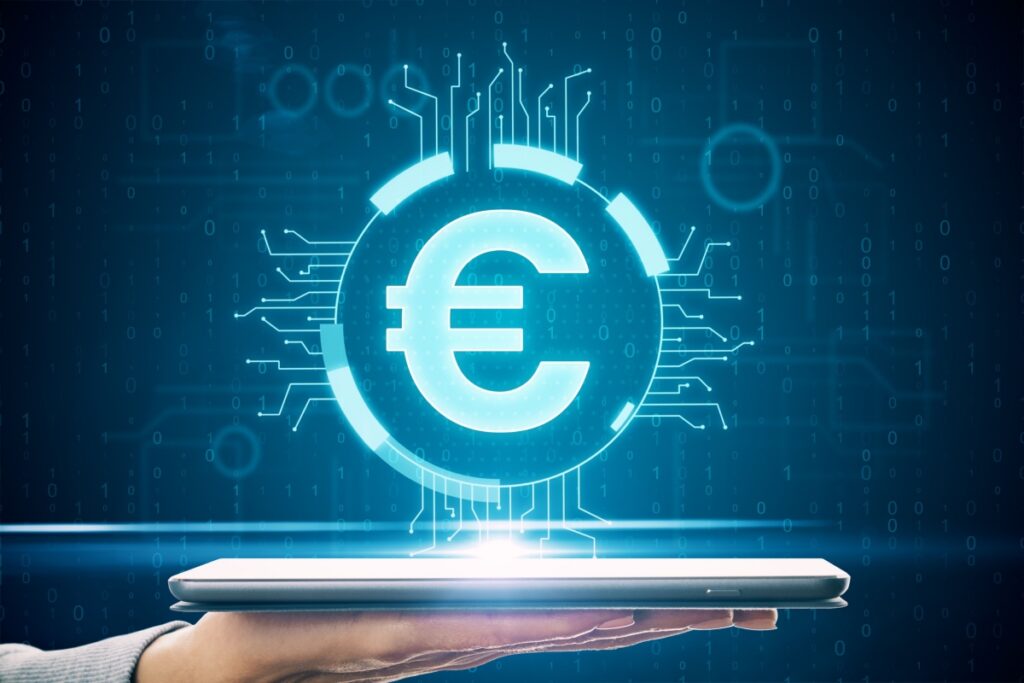The possibility of a European Central Bank (ECB)–issued digital euro is rapidly gaining traction. What began as a theoretical exercise in central bank digital currencies is now taking shape as a concrete project. Piero Cipollone, a member of the ECB Executive Board, recently stated that a digital euro could be introduced by 2029. His remarks align with growing legislative momentum as Eurozone finance ministers debate policies to support the next stage of development.

The digital euro would function as a central bank digital currency (CBDC), providing a secure, government-backed alternative to private payment platforms. Unlike cryptocurrencies such as Bitcoin, it would maintain the stability of the traditional euro while leveraging the speed and convenience of digital payments. The ECB envisions it as a complement to physical cash, ensuring that citizens have access to risk-free money in an increasingly cashless world.
Legislative progress is key to the project’s timeline. Recent discussions among Eurozone finance ministers focused on creating a legal framework for issuance, distribution, and consumer protections. If these proposals move smoothly through the European Parliament and Council, pilot programs could begin within the next few years, paving the way for a full-scale rollout by 2029.
Supporters see the digital euro as a way to modernize Europe’s payment infrastructure, reduce dependence on non-European payment providers, and keep pace with global CBDC initiatives such as China’s digital yuan. Instant settlement, lower transaction costs, and improved cross-border payment efficiency are among the anticipated benefits.
However, important questions remain unresolved. Policymakers are working to balance innovation with privacy, cybersecurity, and financial stability. Ensuring that the digital euro does not undermine commercial banks or restrict personal freedom will be crucial for public acceptance. The ECB has stressed that cash will remain in circulation, offering citizens a choice between physical and digital forms of money.
Takeaway
The ECB’s commitment and the legislative advances signal a clear direction for Europe’s financial future. If the digital euro launches as planned by 2029, it will mark a historic step toward a more resilient and technologically advanced monetary system, reshaping how Europeans store, spend, and transfer money.
